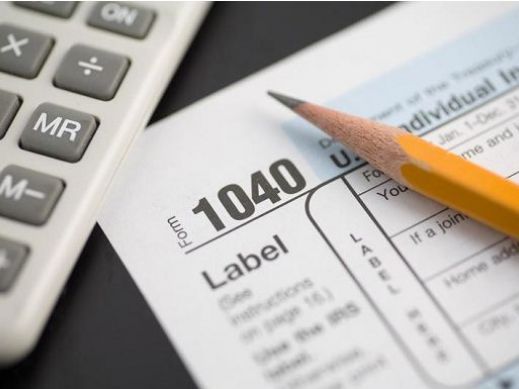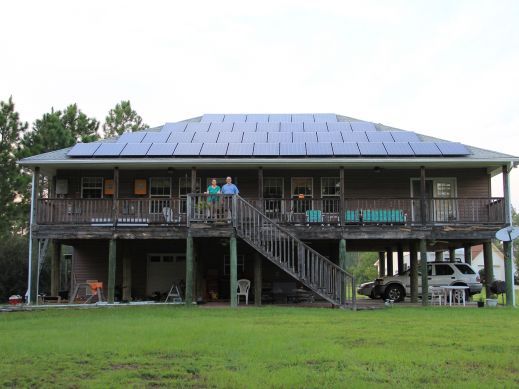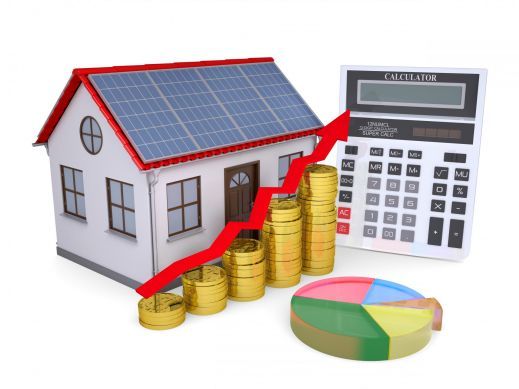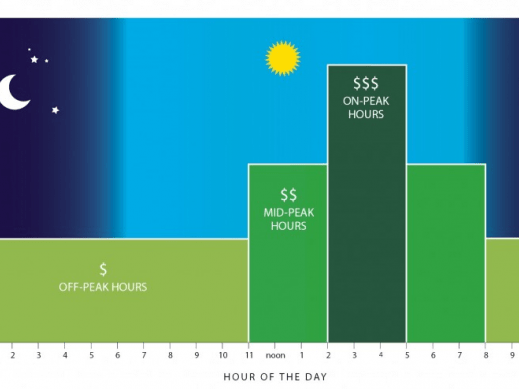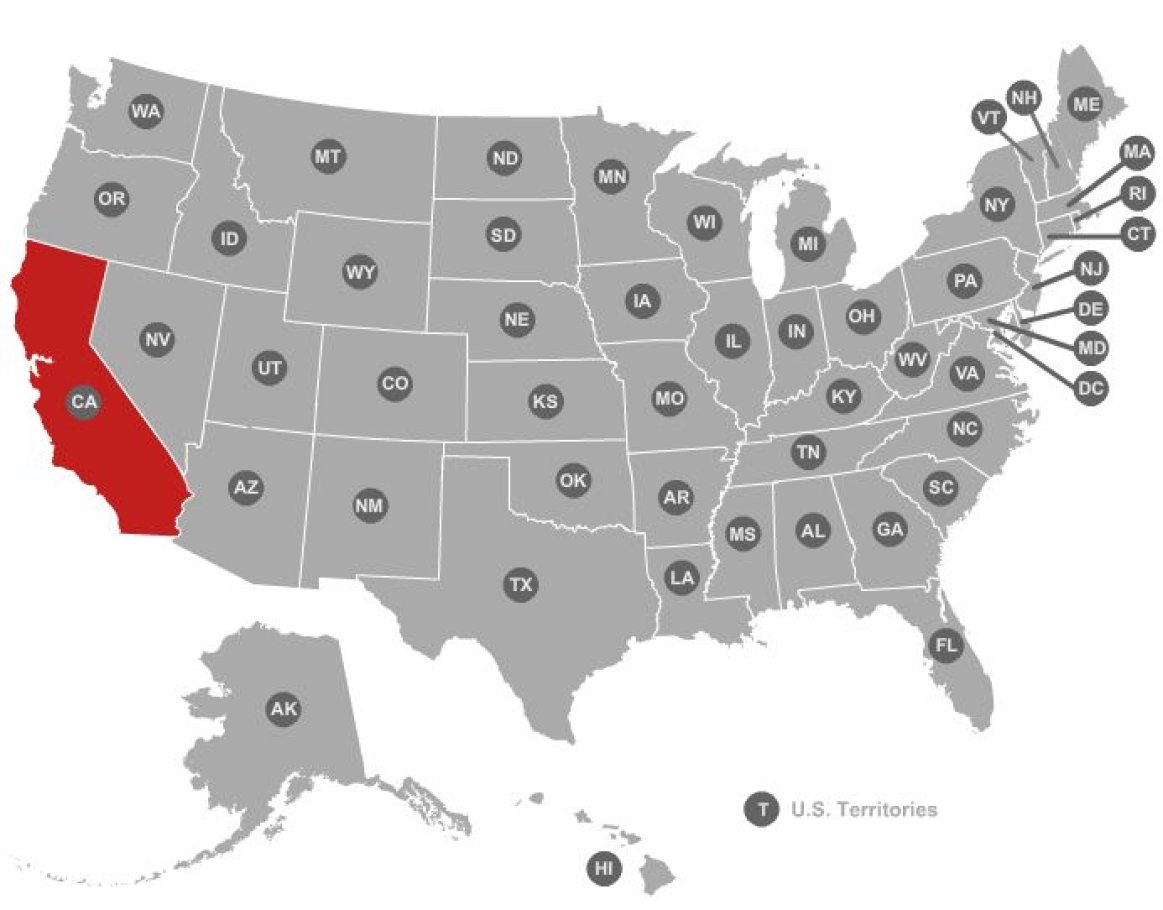
Calculating the payback on an investment in a photovoltaic (PV) system is not as easy as it seems at first glance. Firstly, the elements of the calculation are different for homeowners than for business operators. Secondly, each state in the U.S. has different tax incentives and rebates for solar energy, and different implementations of net metering. As a result, the calculations will vary for each system.
Calculating System Savings
The first step in a payback calculation for a PV system is to figure out how much money the system will save each month (sometimes called the avoided energy cost.) For most people, this is a simple matter of determining their average monthly electric usage, and then estimating what fraction of that electricity is practical and affordable to be produced by the proposed PV system. The output of a PV system can be estimated with good accuracy based on the specifics of the system installation and the known solar resources for its location (known as insolation data.) Based on this analysis, one can determine the estimated annual cost savings for the system.
Things can get more complicated if details of net metering in the location of interest are unusual. For example, customers with time-of-use billing have a more complicated calculation (but probably one with very favorable results). Furthermore, for a substantial energy user – such as a commercial facility – electric bills may be dominated by demand charges, which are determined by the customer’s peak electrical power level during the month rather than the amount of energy consumed. The ability of a PV system to reduce this peak level can lead to far greater cost savings than what are provided by simply toting up kilowatt-hours.
Calculating System Costs
The price of a PV system depends on the overall size and complexity of the system, as well as on the ever-changing cost of the critical components – notably, the solar panels. However, incentives such as rebates and tax credits can make a huge difference in the bottom-line price of the system and therefore to the payback time. There are both federal and state tax credits to consider, and there are a wide variety of specific incentives in place throughout the country. A compendium of data on this topic is available at DSIRE-USA. In many locations, by the time rebates and tax credits are applied, the price of the system may be reduced by more than 50%.
Calculating Payback
An important part of a long-term payback analysis for PV is including assumptions for the long-term price of electricity. Solar panels are guaranteed for 25 years, so it is sensible to assume that the system will operate for at least that long. Therefore, a payback model should assume a rate of inflation for the electricity being purchased over that time. The increasing price of electricity, of course, will shorten the payback period.
Other considerations include the source of funding for the system. Many places offer special financing for PV systems both for businesses and individuals, and businesses have the further contribution of depreciation in calculating the payback period.
It is fairly typical to end up with numbers between 5 and 15 years as a payback period. The tricky part is that almost every factor is specific to the individual system, the customer, the state in which the system is located, the local climate, and the utility company. There is not a one-size-fits-all formula. Nevertheless, all of the information required is readily available, and one can then calculate PV system payback.
Resources
Other Articles You Might Be Interested In
Published
14 years ago
